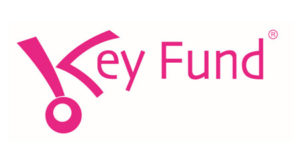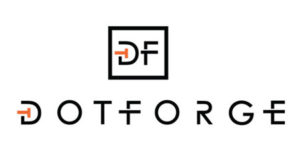“At a time when any device can become a point of sale, consumers expect a seamless, integrated shopping experience.” James Booth, VP, head of payment partnerships EMEA at PPRO

Consumer shopping habits and payment preferences must be taken into account by both online and bricks and mortar merchants in order to optimise their shopping experience.
The UK for example, is one of the world’s highest users of debit and credit-based payment methods, with the number of card payment increasing yearly; up by 7% in 2019 to 3.3 billion payments – including 1.3 billion contactless payments.
However, this is not the case for most of the world where cash continues to be an essential part of the monetary and payments ecosystem.
Cash - the argument for, and growing use of
Cash in circulation has been growing in many countries faster than GDP. The Covid-19 pandemic has seen cash demand surge in a number of countries as consumers have sought to increase their precautionary holdings. In the US, cash in circulation increased by over $150 billion between February and August 2020.*
In Switzerland, the pandemic also had an effect. The Swiss National Bank noted a “decline in the demand for cash in March and April. This primarily applied to small-denomination banknotes and is probably due to the reduction in economic activity and retail restrictions. Demand for small-denomination notes has been on the rise again since May.”
We know that the Swiss favour cash, but it is interesting to note that within a wealthy nation, in 2017, 70% of transactions were in cash, well ahead of debit cards (22%) and credit cards (5%). **
The situation varies greatly by country, but research shows that cash payments are on the rise almost everywhere in the world. According to a comparative study by the BIS covering 24 currencies, only India, China and Sweden saw a decline in the value of cash transactions as a percentage of GDP between 2000 and 2016. In the eurozone, Japan and the US, by contrast, cash transactions increased significantly. ***
New and alternative payment methods
In recent years the fintech sector has disrupted the payments industry and brought along a huge array of new ways to pay such as – eWallets, barcode-based payments, mobile payments, in-app payments, digital currencies, crypto-currencies, biometric-based payments.
However, not all payment fintechs are geared exclusively towards digital payments. Some are focused specifically at leapfrogging the traditional banking system and making it easier to pay with cash, to improve the acceptance of cash payments, and to make cash more efficient.
70% of online merchants are now selling internationally, so for merchants looking to grow their customer base, attention needs to be paid to how their target market is currently transacting locally and provide the payment preferences they want.
There are a number of examples of how this is working around the world. Pipit pay-in-person, for example, is a cash-based payment method where the shopper gets a barcode by email or on their smartphone, which they bring to a Pipit cash collection point, eg. UK Post Office, and pay over the counter in cash. The merchant gets notified and releases the goods for delivery.
Alternative payment methods bypass traditional account-based payment methods and all the customer needs is a mobile phone and internet access – 57% of the world now has internet access and 67% have a mobile device. In developing countries, where the number of unbanked adults is high, new payment methods enable people even in remote locations to shop online via eWallets on their mobile phone.
Summary
The global payments landscape has become increasingly complex and fragmented.
The way customers prefer to pay for goods or services online varies drastically based on where they are located, and their financial situation. If you don’t create a relevant, familiar payment experience, you could cut off entire markets from your customer base.
* cashessentials.org; accessed August 2020
** data.snb.ch; accessed August 2020
*** cashmatters.org; accessed August 2020






